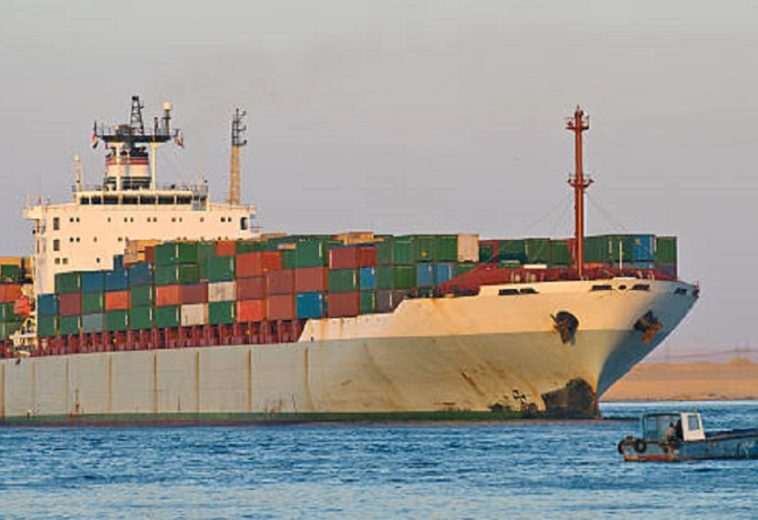Ethiopia has experienced both significant growth and considerable setbacks in its economic development. The country’s debt stock has risen sharply, reaching $57.2 billion by 2022, with external debt accounting for almost half of this total. Notably, about 81% of Ethiopia’s external debt is owed to official creditors, including multilateral lenders such as the World Bank and bilateral partners, with China being a major creditor. The remainder is owed to private creditors, including holders of the $1 billion Eurobond.
The Ethiopian government’s ambitious Growth and Transformation Plans (GTPs) have driven large-scale infrastructure projects and industrialization. However, these efforts have also led to an unsustainable increase in public debt, particularly as the country financed projects through non-concessional loans from international creditors. The debt burden has become a critical issue, amplified by challenges such as political instability, the aftermath of the COVID-19 pandemic, ongoing regional conflicts, and the global repercussions of the Russia-Ukraine war.
Progress in Debt Restructuring
Ethiopia has made significant strides in negotiating debt relief and restructuring agreements. In 2021, the country became the first to request debt restructuring under the G20’s Common Framework, which was designed to address the debt problems of low-income countries. The Common Framework extends to new creditors like China, India, and Gulf states, alongside traditional Paris Club lenders. Ethiopia’s efforts have gained momentum through key diplomatic initiatives, including high-level talks with China, which holds a substantial share of Ethiopia’s debt.
One of the most notable developments came in late 2023, when Ethiopia secured a deal with the International Monetary Fund (IMF) for a four-year financing programme worth $3.4 billion. This agreement marked a turning point for the country’s economic reform efforts and provided a foundation for renewed debt negotiations. Ethiopia also recently reached a significant milestone in its debt restructuring exercise, saving $4.9 billion after successfully renegotiating some of its debt commitments. This restructuring is expected to ease the country’s fiscal burden and offer much-needed relief to the Ethiopian economy.
Challenges Facing Debt Restructuring
Despite these positive developments, Ethiopia faces several challenges in managing its debt restructuring process. The complexity of dealing with diverse creditor groups, including both official and private creditors, complicates negotiations. The largest portion of Ethiopia’s foreign debt is owed to China, which has proven to be both a source of assistance and a potential roadblock in negotiations due to differing interests compared to Western creditors.
Another significant hurdle is the political climate in Ethiopia, which has experienced internal conflicts, including the Tigray conflict, which has disrupted economic activity and slowed down growth. The impact of these conflicts on the country’s fiscal health cannot be overstated, as they have led to increased military spending and hindered foreign investments. Ethiopia’s efforts to liberalise its economy, such as floating the national currency and overhauling its monetary policies, have also faced challenges, including concerns about inflation and the devaluation of the birr.
READ ALSO: Is Africa a Debt-Defying Continent?
Global Perspectives on Ethiopia’s Debt Strategy
From a global perspective, Ethiopia’s approach to debt restructuring is seen as a critical case study in how developing countries can navigate complex debt crises. The involvement of international financial institutions, particularly the IMF, has been crucial in ensuring that Ethiopia has access to financial support while simultaneously addressing the need for economic reform. Furthermore, the engagement of China as a key creditor has brought attention to the increasing influence of non-Western countries in global lending practices.
The outcome of Ethiopia’s restructuring efforts will likely have broader implications for other countries facing similar debt burdens. The integration of new creditor groups into frameworks like the G20 Common Framework could signal a shift in the global financial landscape, as emerging economies like China and India become more prominent players in global debt relief initiatives.
Ethiopia’s debt restructuring efforts are a vital aspect of its broader economic recovery and reform plans. While substantial progress has been made, particularly with the assistance of the IMF and bilateral creditors, the challenges remain considerable. Political stability, successful economic reforms, and ongoing international cooperation will be crucial for Ethiopia to fully resolve its debt crisis and return to sustainable economic growth.




